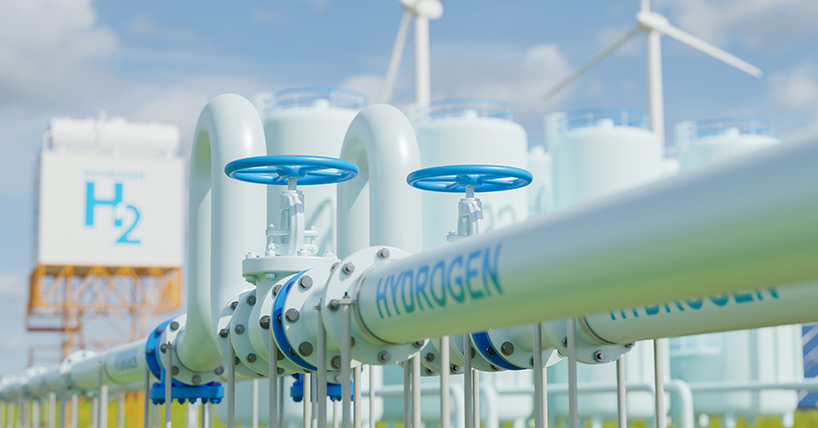Victoria Cross
Victoria Cross not made from captured Crimean guns after all
Published on: 4 May 2020
A long-held belief that all Victoria Cross medals are made from Russian guns captured during the Crimean War is unlikely to be sustainable, research suggests.
Highest award for valour
The Victoria Cross is Britain’s highest award for valour in war and was instituted in 1856 at the end of the Crimean War.
It was reported by a newspaper at the time that the metal used for the new honour came from cannon captured at Sebastopol in 1855. In 1901, nearly 50 years after the introduction of the Victoria Cross, a detailed account of the process used in making the medal was published in the Strand magazine. This repeated the assertion that the bronze used was from guns taken from the Russians during the Crimean War – a view that continues to be asserted by various institutions, including the Ministry of Defence.
However, new analysis by a doctoral student from Newcastle University, UK, has shown that at various times since the start of World War One, Victoria Cross medals have been cast from metal from multiple sources.
The research, which is published in Post-Medieval Archaeology, was carried out by Dr Andrew Marriott, now a visiting researcher at Newcastle University.
Andrew, who served in the Royal Regiment of Fusiliers for more than 30 years, explained: “Although we know that Queen Victoria decreed that the new honour be cast from bronze, there is no evidence to suggest that she wanted captured weapons from Sebastopol to be used for this purpose. Like many at the time, the Queen saw little to celebrate from the victory at Sebastopol, and had displayed little interest in the captured Russian ordnance.
“The only contemporary record of a Sebastopol connection is a newspaper report of the medal ceremony in Hyde Park in 1857. The correspondent most likely conflated various stories circulating about the redistribution and recycling of captured Crimean guns.”

Change in composition
The Crimean War took place between 1853 and 1856 and led to the defeat of Russia by an alliance of Britain, France and the Ottoman Empire. The campaign initially enjoyed public support in Britain but this quickly changed when it became clear how badly the British army had suffered as a result of disease and administrative shortcomings. Attitudes began to change and there were calls for more recognition of the service and sacrifice made by individual soldiers.
To date, 1,358 Victoria Cross medals have been awarded, including 111 to soldiers who fought during the three-year conflict in Crimea. Queen Victoria personally presented 62 of those medals at a public investiture at Hyde Park in 1857.
Dr Marriott used x-ray fluorescence scans to examine the composition of 50 Victoria Cross medals covering the period 1856 – 2013, as well as examining the apparent sources for the medals. Along with previously unpublished data collected by the Royal Armouries in the 1980s and 1990s, this revealed that part way through World War One, and again during the Second World War, there were noticeable changes in composition compared with the 19th-century medals. Some are even brass alloys, not bronze.

Recognition of bravery and sacrifice
The current source of Victoria Cross metal is understood to be a cascabel - the round protrusion at the back of a cannon - stored under secure conditions at a MOD depot in Donnington, Shropshire. Dr Marriott found historical evidence that this cascabel may have been taken from a gun captured during the Second Anglo-Chinese War of 1860, three years after the first Victoria Cross awards were made.
Use of this, or other cascabels, as the ‘mother’ metal for Victoria Cross medals began early in the First World War, when a supply of the metal was given to the London jewellers Hancocks, the sole appointed makers of the awards.
A newspaper report in 1942 claimed that this supply had run out, prompting the Commandant at Donnington to advise, in 1943, that they still held 53 lbs of the metal, and a quantity was sent to Hancocks. Dr Marriott says that this indicates that for at least one year during the Second World War Victoria Crosses were cast from bronze from an unknown source.
Dr Marriott added: “While it’s unlikely that even the earliest medals came from the ordnance captured at Sebastopol, it is clear that most of the VCs awarded since World War One have plausibly been sourced from the cascabels of captured guns - an important and symbolic fact for those who have received the honour in recognition of their bravery.”
Reference: ‘Manufactured tradition? – the Victoria Cross’, Andrew Marriott (2020), Post-Medieval Archaeology, DOI: 10.1080/00794236.2020.1750150
 STANDARD.jpg)



